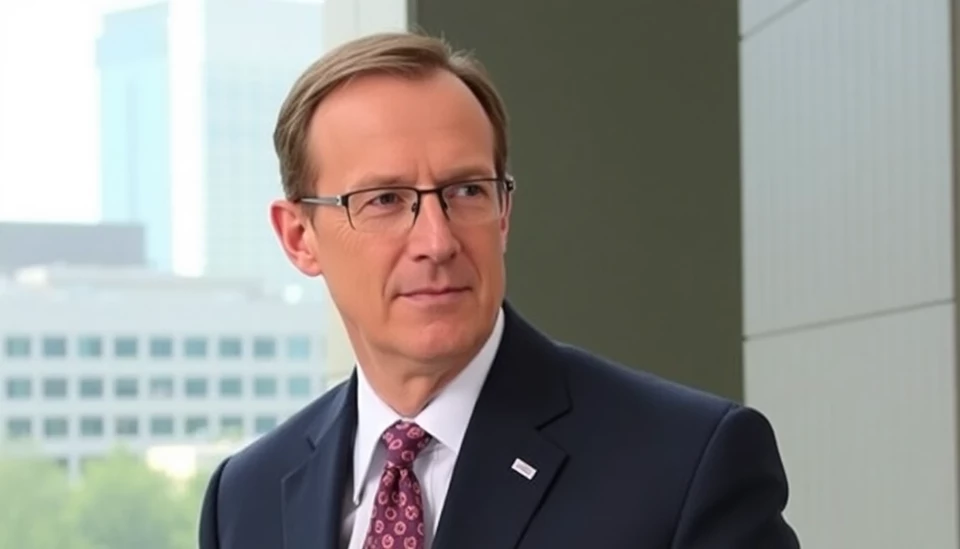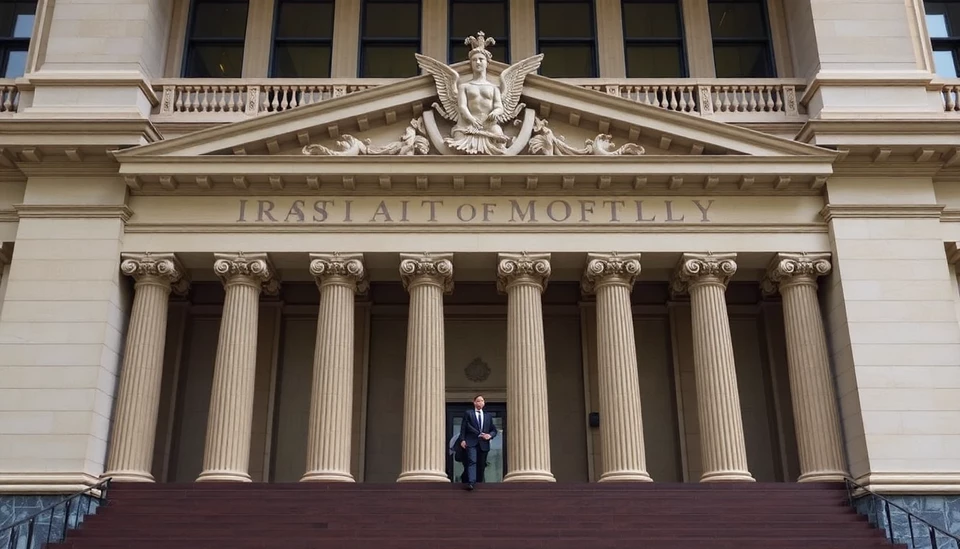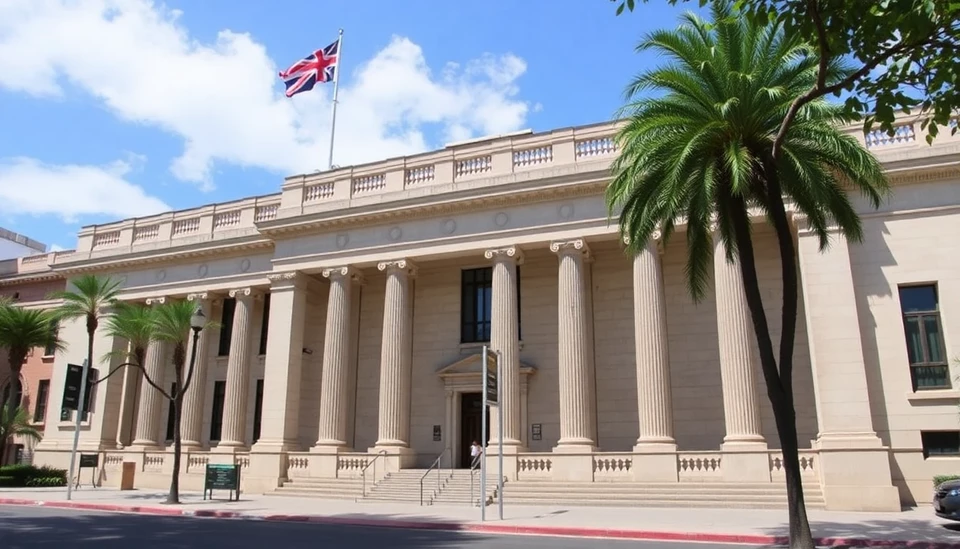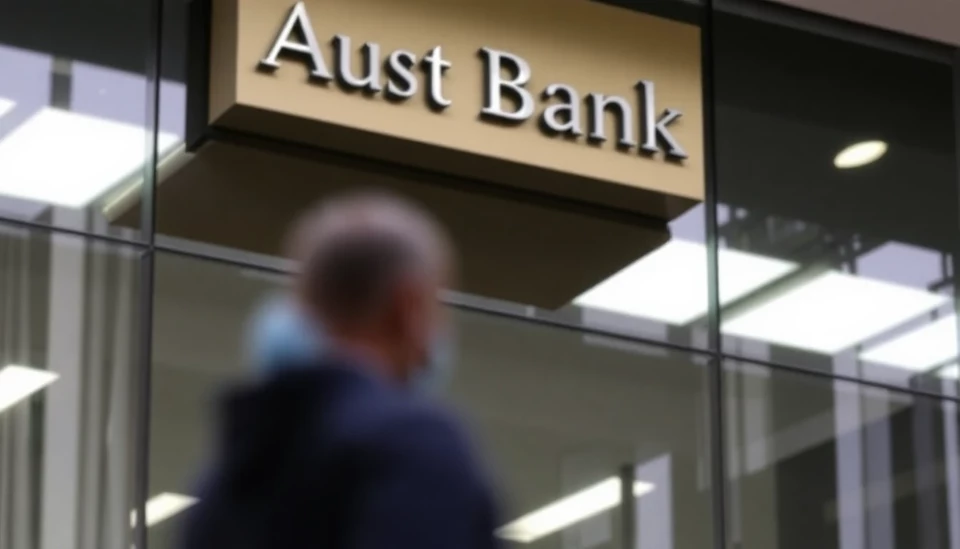
In a recent development, Australia has reported a noticeable slowdown in its inflation rate, providing a potential pathway for the Reserve Bank of Australia (RBA) to implement interest rate reductions in the near future. As of January, official statistics indicated that the Consumer Price Index (CPI) increased by only 5.3% over the past year, significantly down from a peak of 7.8% recorded in December 2022. This decline has raised optimism among economists and market analysts alike regarding the RBA's monetary policy direction.
The easing of inflation is primarily attributed to a decrease in energy costs and a slowdown in housing price growth. Analysts note that while inflation remains above the RBA's target range of 2-3%, the consistent downward trend presents a strong case for a review of the current interest rates. With the central bank having raised rates multiple times in the preceding year to combat soaring prices, a reduction could signal a shift in focus towards stimulating economic growth now that inflation seems to be under control.
Markets are reacting positively to the news, with treasury yields experiencing a dip as traders adjust their expectations for future rate movements. The latest inflation figures have led to predictions that the RBA might start cutting rates as early as the second half of 2025. This perspective was echoed by several financial institutions, which foresee a more accommodative monetary policy aimed at bolstering investor and consumer confidence.
Nevertheless, concerns remain regarding the underlying economic landscape. While the inflation figures are encouraging, there are still uncertainties surrounding global economic conditions, and how they may impact Australia. Import restrictions and supply chain disruptions in the Asia-Pacific region, coupled with fluctuations in commodity prices, could pose risks that might necessitate a careful approach from the RBA.
In addition, there is an ongoing debate among economists regarding the sustainability of the current trends. Some experts caution that an overly aggressive rate cut could re-ignite inflationary pressures if demand outstrips supply as the economy rebounds. RBA Governor Philip Lowe has emphasized the importance of a balanced approach, indicating that any decisions made will take into account various factors, including employment rates and overall economic growth.
As stakeholders await further guidance from the RBA, the financial markets will continue to monitor economic indicators closely. Business leaders and consumers are hopeful that a shift toward lower interest rates could lower borrowing costs, allowing for more expansive spending and investment activities. This potential easing of monetary policy could be a boon for various sectors, particularly housing and construction, which have struggled in the wake of higher borrowing costs
While it may still be early to announce a definitive shift in monetary policy, the latest inflation data presents an encouraging sign for Australians grappling with the cost of living crisis that has proliferated in recent years. If the RBA does decide to cut rates, it will likely have significant ramifications for the broader economy, influencing everything from home loans to consumer spending and business investment.
In summary, as Australia marks a pivotal moment in its inflation narrative, all eyes will be on the Reserve Bank's upcoming meetings. The possibility of interest rate cuts could steer the economy into a new chapter, filled with opportunities for revival and growth.
#Australia #Inflation #ReserveBank #InterestRates #Economy #Finance #MarketTrends
Author: Daniel Foster




